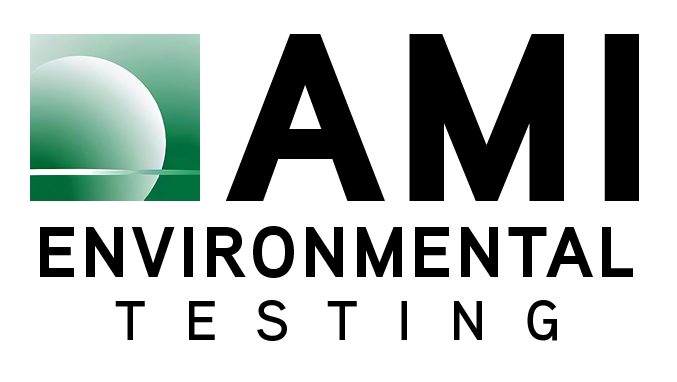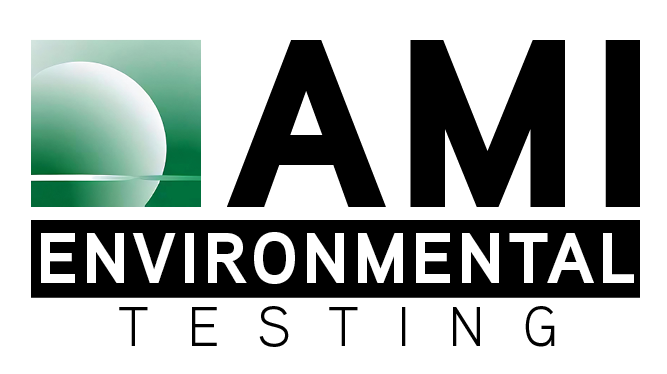Contaminated soil can pose serious risks to human health, the environment, and future land use. Identifying the specific chemical analytes present in the soil is a key step in assessing contamination and planning effective cleanup strategies. These analytes—chemical substances or compounds found in samples—vary depending on the source of pollution and can include a wide range of hazardous materials.
Contaminated soil is often discovered during construction, excavation, or redevelopment projects—especially on sites with industrial histories, underground storage tanks, or previous agricultural use. Common soil contaminants include heavy metals such as lead, arsenic, cadmium, mercury, and chromium. These metals can persist in soil for decades and may be harmful through direct contact, inhalation of dust, or uptake into crops.
Petroleum hydrocarbons—such as diesel, gasoline, and motor oil—are another frequent group of analytes, especially near former gas stations, refineries, or transportation corridors. These substances can seep into the soil and groundwater, posing risks to both ecosystems and drinking water supplies.
Other key analytes include volatile organic compounds (VOCs) like benzene and toluene, and semi-volatile organic compounds (SVOCs), such as polycyclic aromatic hydrocarbons (PAHs), which are commonly associated with industrial processes, combustion byproducts, and waste disposal.
Environmental consultants bring technical insight and regulatory knowledge to the process of identifying and evaluating soil contamination. Through detailed site assessments and laboratory analysis, they help determine the extent of contamination and recommend appropriate remediation strategies. They can also provide ongoing site monitoring to track changes in contamination levels over time and ensure that remediation efforts remain effective and compliant with environmental standards.
For more information on soil contamination evaluation, contact AMI Environmental Testing.



